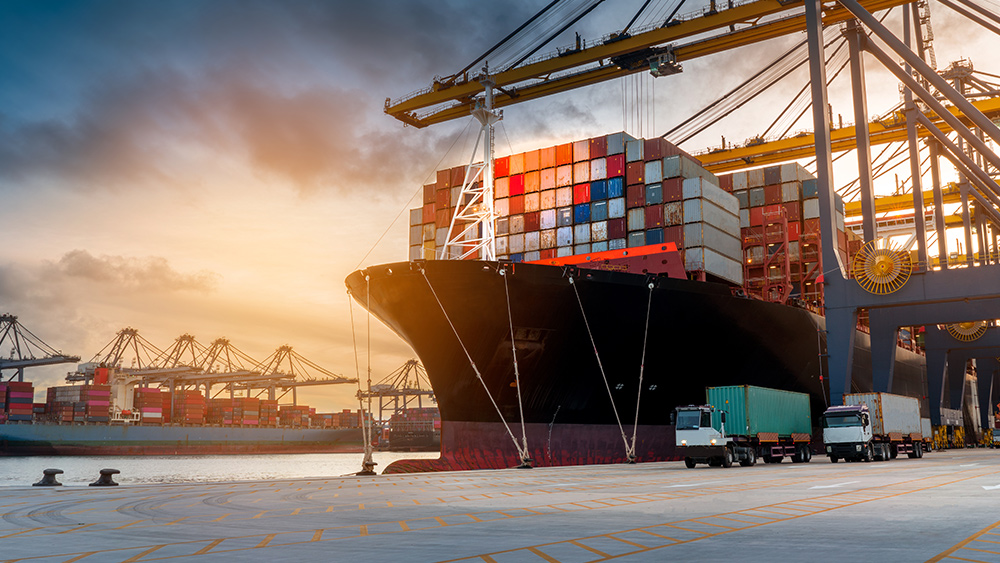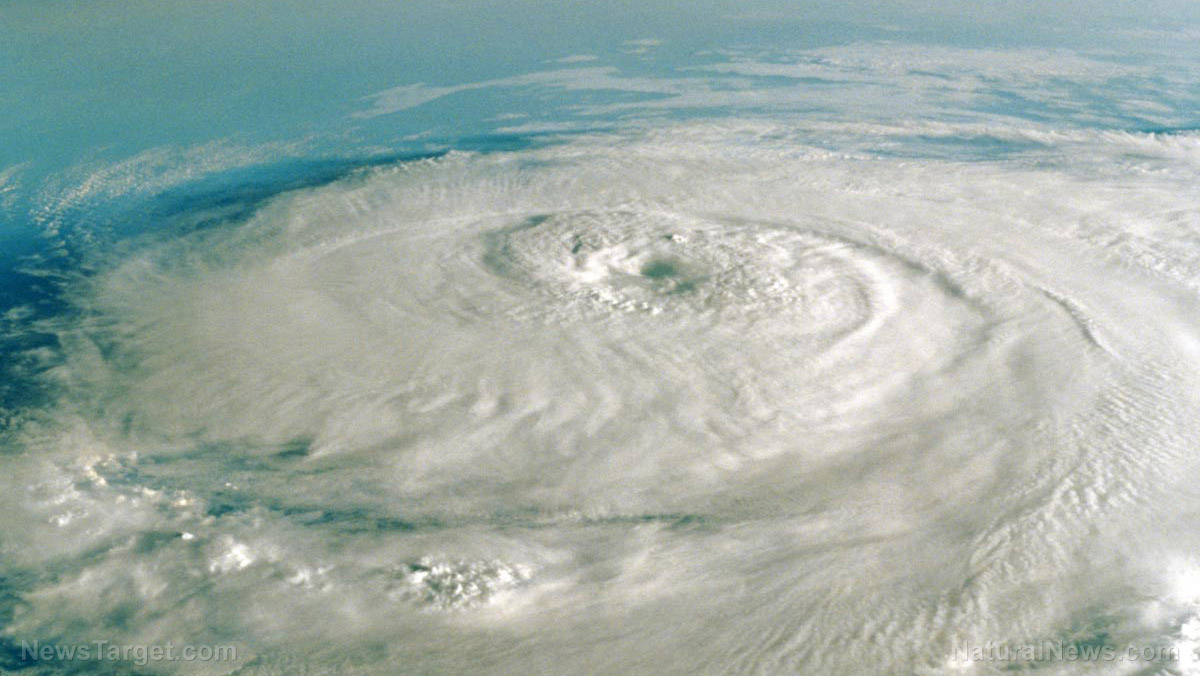Egypt’s Suez Canal to take more vessels as drought-stricken Panama Canal deals with bottleneck situation
12/05/2023 / By Belle Carter

A top executive at Greek shipping firm Angelicoussis Group recently warned that Egypt’s Suez Canal will need to take a lot more vessels should the bottleneck continue to build at the drought-stricken Panama Canal entrances.
Bloomberg reported that during a conference in Athens, Sveinung Stohle, the company’s deputy chief executive officer, said that this is likely to happen because the artificial 82-kilometer waterway in Panama has been facing sailing restrictions, allowing only companies with pre-booked slots to sail the body of water. Because of the severe drought this year caused by the El Nino phenomenon, the Panama Canal Authority (ACP) has imposed sailing restrictions to 25 a day and could end up with only 18 vessels transiting the waterway daily by February if the condition worsens. The maximum number of sustainable bookings is between 38-40 per day.
Stohle also said only four or five liquefied natural gas (LNG) vessels are sailing the canal each month, down from about 30 before restrictions were put in place earlier this year, making it a very unreliable route for now. “If you can’t go via the Panama Canal, you must add one more ship for the same volume,” he said. “Where do you get the ships from? That is going to be a challenge.” He noted that the Suez Canal, which serves as an alternative route for ships traversing between the U.S. and Asia, has historically managed congestion issues “very well over the years,” making it “less of an issue, but obviously, it’s something you need to be aware of.”
The Panama Canal has become so backlogged that the world’s largest operator of chemical tankers has decided to reroute its fleet through the Suez Canal https://t.co/01rPi3a1K7
— Bloomberg (@business) November 27, 2023
The Panama Canal is one of the world’s most important trade routes and is popular for East Coast trade because it is faster than other options. The shipping time for ocean cargo from Shenzhen, China, to Miami, Florida, using the Suez Canal takes 41 days. Traveling through the Panama Canal takes only 35 days. (Related: Panama Canal traffic nearly HALTED due to “drought,” global supply chain NIGHTMARE to unfold.)
The news outlet also said that London-based Stolt-Nielsen, the world’s largest operator of sophisticated chemical tankers, has begun to charge customers for longer routes to steer clear of the “traffic” at the Panama Canal. Its tankers are being diverted around the Cape of Good Hope or through the Strait of Magellan off the tip of South America. Of course, the longer route has forced customers to pay additional transiting costs. “Stolt Tankers has found that the service through the Panama Canal has become increasingly unreliable in recent months,” the company said in an email response to Bloomberg. “Our customers need reassurance that their cargo will arrive on time to avoid negatively impacting their supply chains, therefore, we have been rerouting our ships via the Suez Canal.”
Meanwhile, experts say canal authorities will increase traffic once the rainy season begins in mid-2024. Some vessels have waited nearly three weeks to pass through the waterway. According to Stolt-Nielsen, other shipping companies are notifying customers about similar strategies to manage the congestion at the canal.
Ship owner pays $4M to skip to the front of Panama Canal line
Operators are now facing the choice of waiting in increasingly long lines if they do not have reservations, competing for space in the daily auctions with the increasing prices, or diverting. Reports are coming out that so far in 2023, carriers have paid $235 million in auction fees to purchase slots, which according to shipping agency Waypoint Port Services is 20 percent higher than in 2022.
Meanwhile, earlier in November, a shipper was reported to have paid a record-high amount of nearly $4 million to jump to the front of the line at the congested Panama Canal waterway. Japan’s Eneos Group paid $3.975 million in an auction to secure the crossing, bidding as per documents. The amount comes on top of the regular transit fees companies pay, which can be hundreds of thousands of dollars more.
“You are getting close to $4.5 million to use the canal, so that is pricing out a lot of ships,” Oystein Kalleklev, chief executive officer of Flex LNG Ltd. and Avance Gas Holding Ltd., said during a conference call when asked about the state of the canal. Eneos’ shipping division transports crude oil, liquefied petroleum gas, chemicals and bulk cargo.
ACP regularly holds auctions for those wishing to jump to the front of the line.
Head over to Collapse.news for more updates on the ongoing global economic downturn.
Sources include:
Submit a correction >>
Tagged Under:
Angelicoussis Group, backlogged, bottleneck, bubble, Cape of Good Hope, chaos, Climate, Collapse, congestion issues, disaster, drought, economic riot, El Nino phenomenon, freight, Panama Canal, panic, risk, shipping, Stolt-Nielsen, Strait of Magellan, suez canal, supply chain, trade route, transportation, vessels, weather terrorism
This article may contain statements that reflect the opinion of the author
RECENT NEWS & ARTICLES
COPYRIGHT © 2017 WEATHER TERRORISM



















